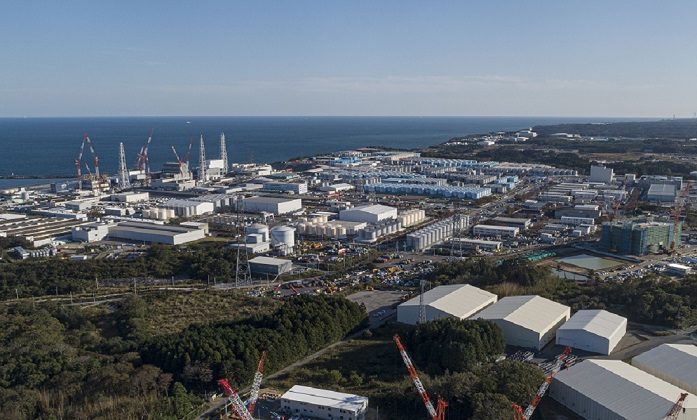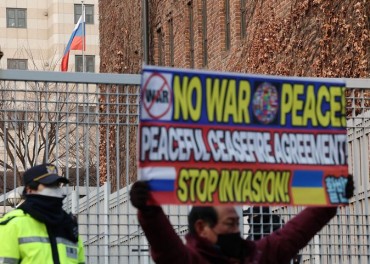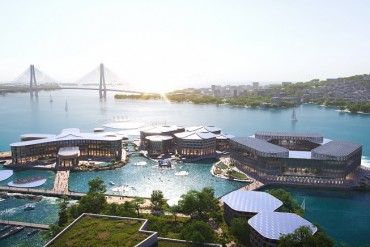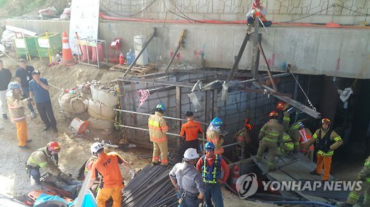SEOUL, Oct. 26 (Korea Bizwire) — The Japanese government is attempting to release contaminated water from a disabled nuclear power plant in Fukushima.
The primary reason, as anticipated by experts, is the low cost. It costs less to release the water to the sea than by air.
Initially, the Japanese government considered three separate means for disposing of contaminated water: releasing it to the sea, releasing it into the air, and a mixture of the two methods to process the contaminated water.
Japan decided to release the contaminated water to the sea since, as anticipated by experts, it enables easier monitoring and surveillance of how radioactive substances spread.
As of September, the Fukushima Daiichi nuclear power plant was storing 1.23 million tons of contaminated water in over 1,000 separate tanks.
Inflow of rain and underground water is adding 160 to 170 tons of contaminated water every day.
In response, the Tokyo Electric Power Co., the company in charge of the power plant, called on the Japanese government to come up with quick countermeasures before the plant reaches its storage limit at the end of 2022, indicating a high possibility that the water will be released before then.
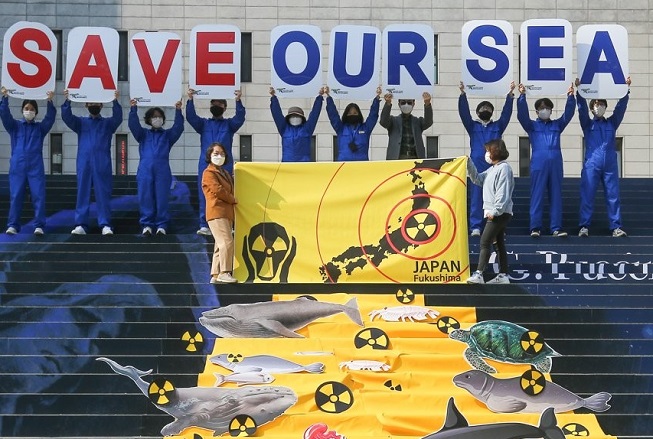
Members of an environmental activist group, the Korean Federation for Environmental Movement, stage a rally in Seoul on Oct. 26, 2020, to call on the Japanese government to retract its plan to release water containing radioactive materials stored at the Fukushima nuclear power plant in Japan. (Yonhap)
Release by air is more costly than releasing it to the sea, since it requires a storage facility to keep the radioactive materials, and a process to heat up the contaminated water for evaporation.
“To allow radioactive materials to go through a series of half-life processes, they need to be kept contained for at least 100 years, which will cost approximately 10 trillion won (US$8.8 billion),” said Lee Jeong-yoon, head of Nuclear Safety and Future, a forum for nuclear experts, during the National Assembly’s parliamentary audit of the Ministry of Science and ICT held on Friday.
“It’s both costly to release by air or to the sea, but they don’t need to build storage tanks if they release the water to the sea.”
Experts are concerned that if the water is released to the sea, people could face the risk of internal exposure to radioactive substances by consuming contaminated seafood.
What’s more, the contaminated water at the Fukushima plant contains tritium, a radioactive substance that can alter human DNA or undermine reproductive capacity.
H. M. Kang (hmkang@koreabizwire.com)


